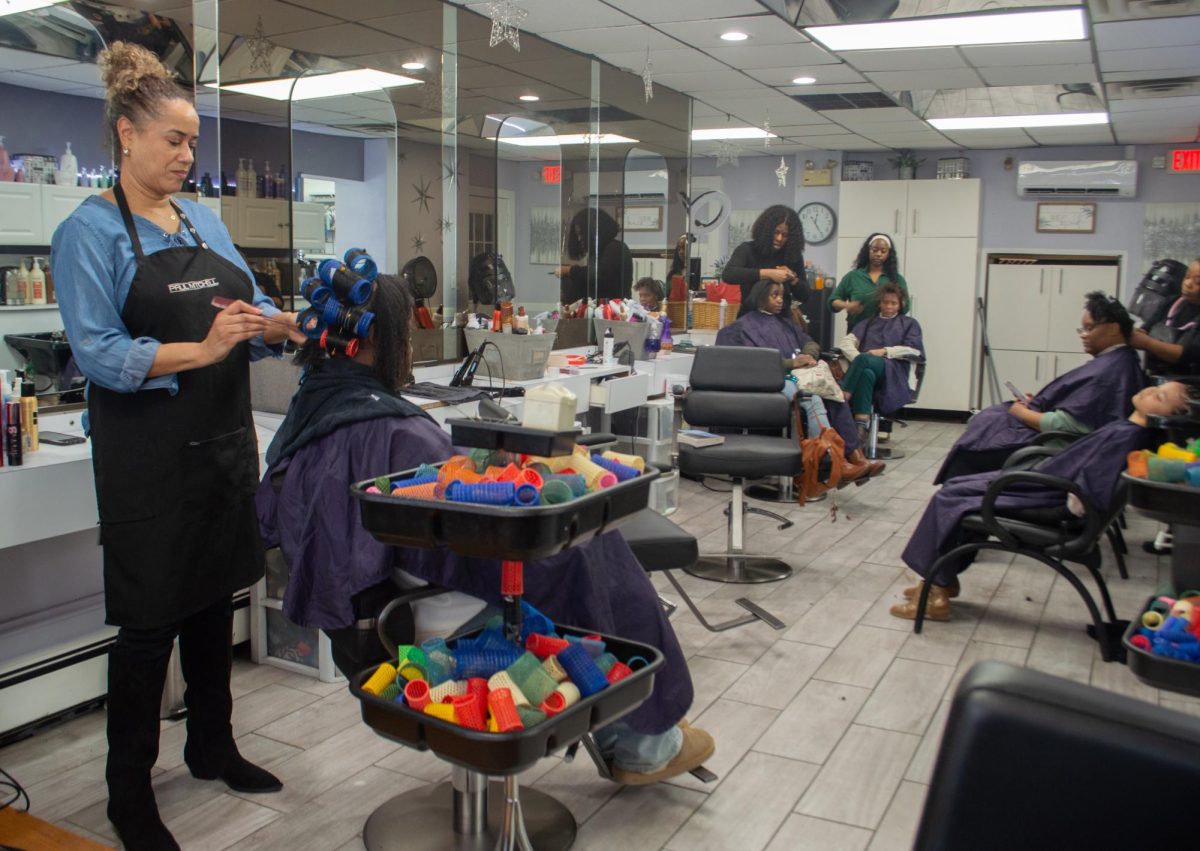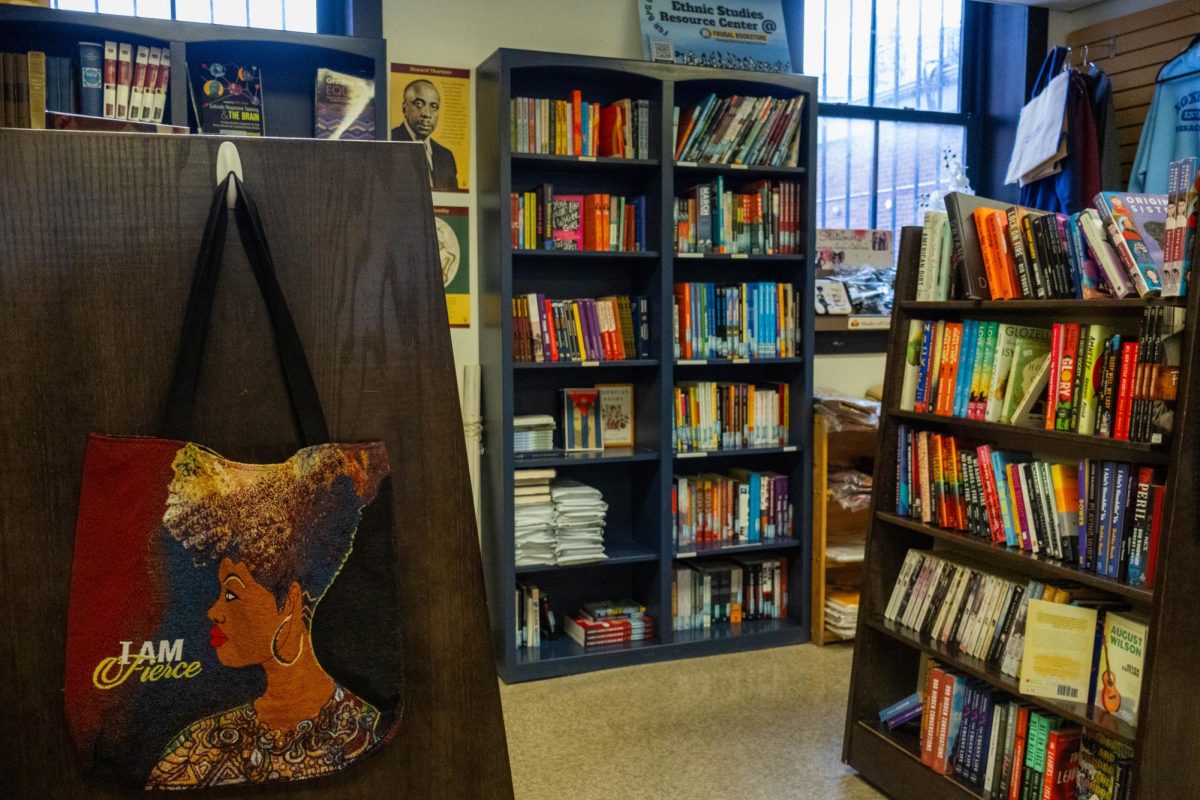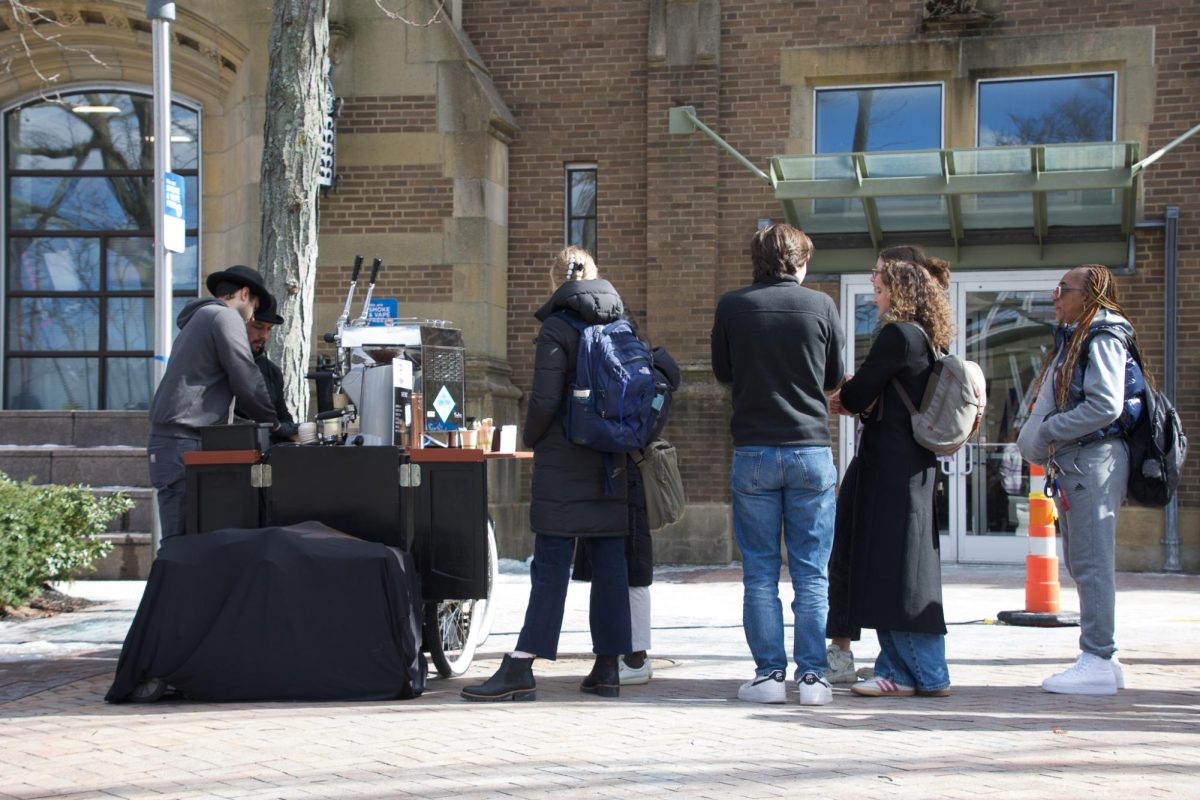Underneath the historic Old North Church in the North End lies a crypt home to an estimated 1,100 individuals laid to rest. When the crypt opened in 1732, it acted as an active burial location for Old North’s congregants, as the church did not have a graveyard. Officials once believed that all of the tombs were sealed after 1860, tucking away the history of the time with those buried there. During recent restoration work, however, a coffin was found dating back to to 1870s.
After being closed for 10 months for restoration, the crypt is now open to the public and can be accessed through guided tours. These crypt tours, led by one of Old North’s educators, not only give visitors a glimpse into the church’s history of burials but also give insight into the lives, religion and burial practices of past Bostonians. The tour guides have specific talking points that they reference for each tour. Whether someone is interested in delving more into the crypt’s history or just looking for a fun adventure to add to a spooky season bucket list, a crypt tour can be a wonderfully intriguing and educational experience.
Tickets are $10 per person, which also includes general admission to the sanctuary. Exploring the Old North Church before or after exploring the crypt can enhance the overall historic experience, as the church itself is steeped in United States history. Available dates and times can be found on Old North’s online schedule.

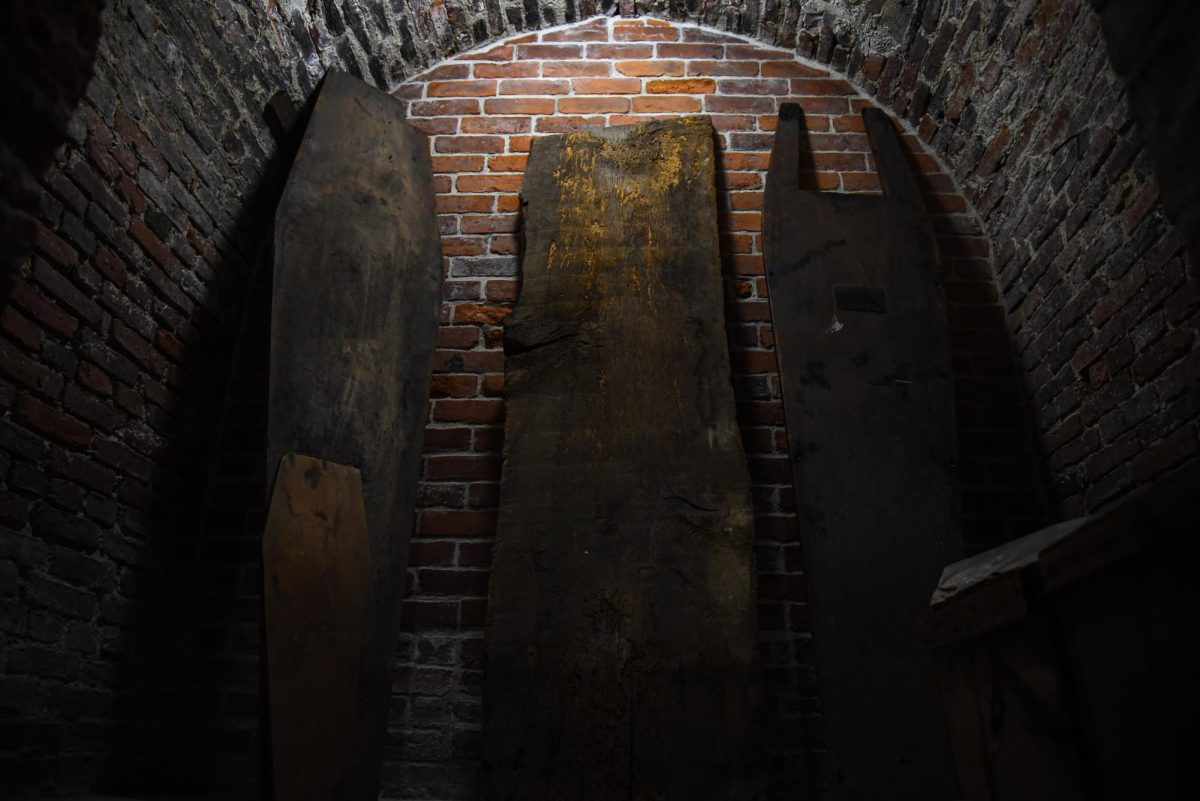
This open tomb was found to be only half as deep as the other tombs in the crypt; the open space was repurposed to become a reflection or prayer space in the 19th century. It is believed that there are coffins still located behind its back wall. Coffins like those found in the open tomb vary in size, as they were made to measure each person buried and served different purposes. The smaller coffins were identified as being made for children. Some had spaces for “viewing windows” that would fit panes of glass that allowed individuals to see the deceased before they were moved into the crypt.
The tombs in the Old North crypt, including the open tomb, are believed to be capable of holding nearly 25 coffins. Stacked on top of each other in rows, the job of the sexton, or the individual in charge of the church’s upkeep, would have been to shift the coffins’ arrangements to make room for more burials.
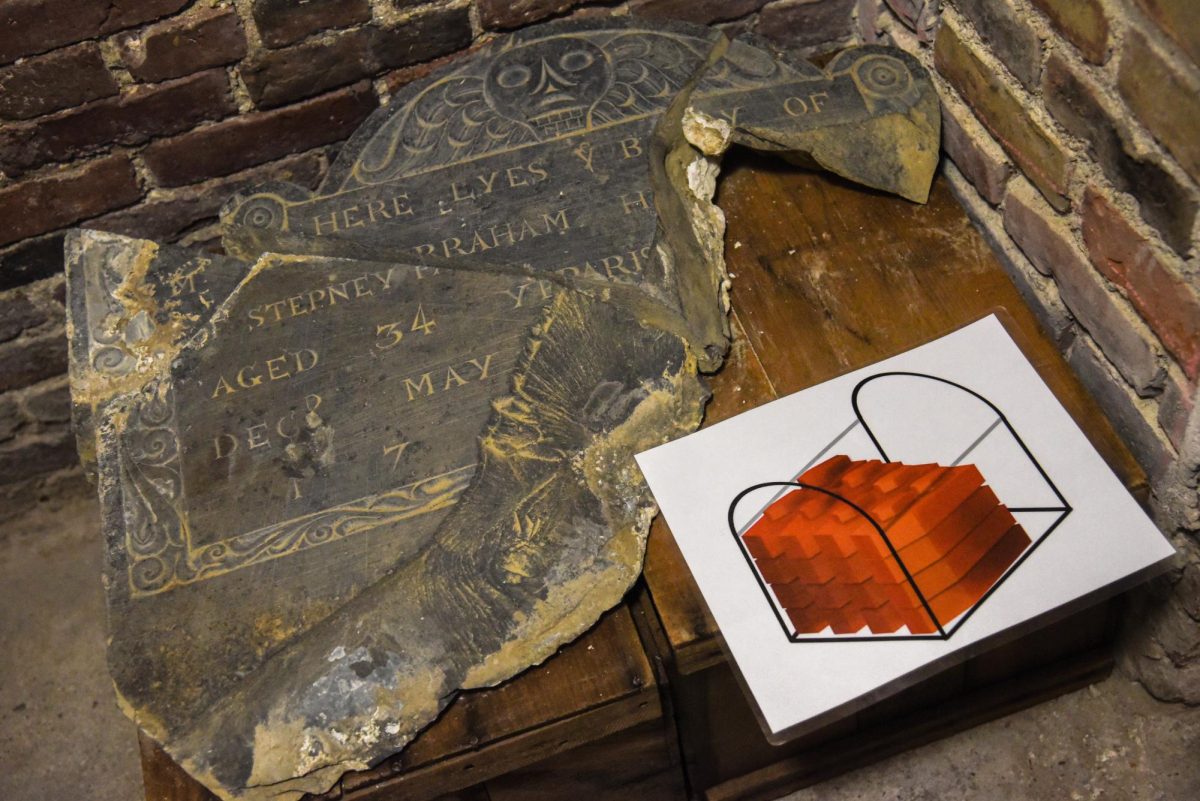
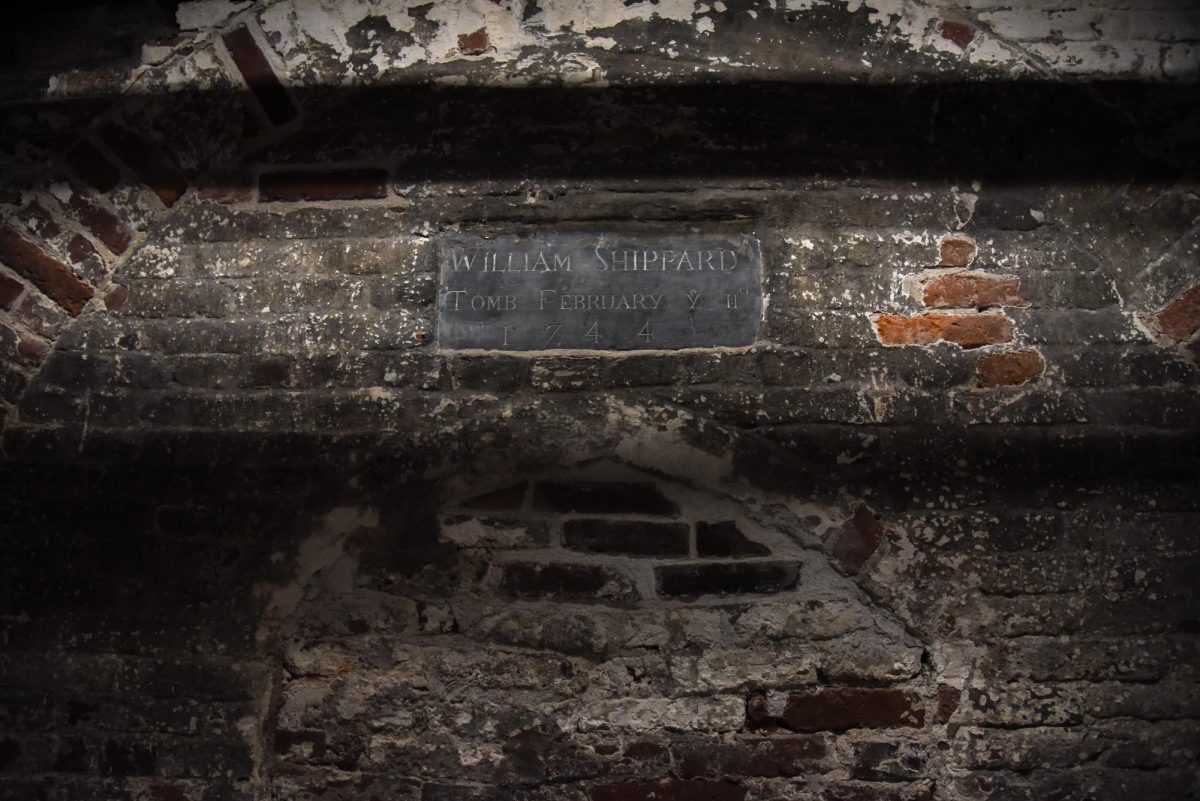
Along with the cost to obtain a gravemarker, selling individual spaces along with the tombs was a source of revenue for the Old North Church. Their scarcity has prompted church experts and historians to question the accuracy of the gravemarkers actually matching the names of those buried in the crypt’s tombs. It has been concluded that most families of those residing in the tombs opted not to pay extra for gravemarkers. The expenses tied to burial suggest that those laid to rest in the crypt may have held a higher social status compared to those laid to rest in a public burial ground.
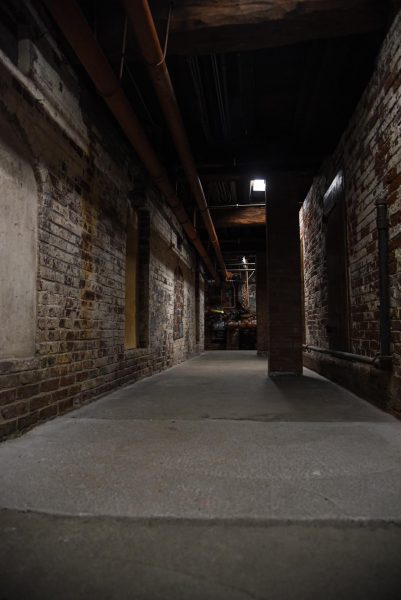
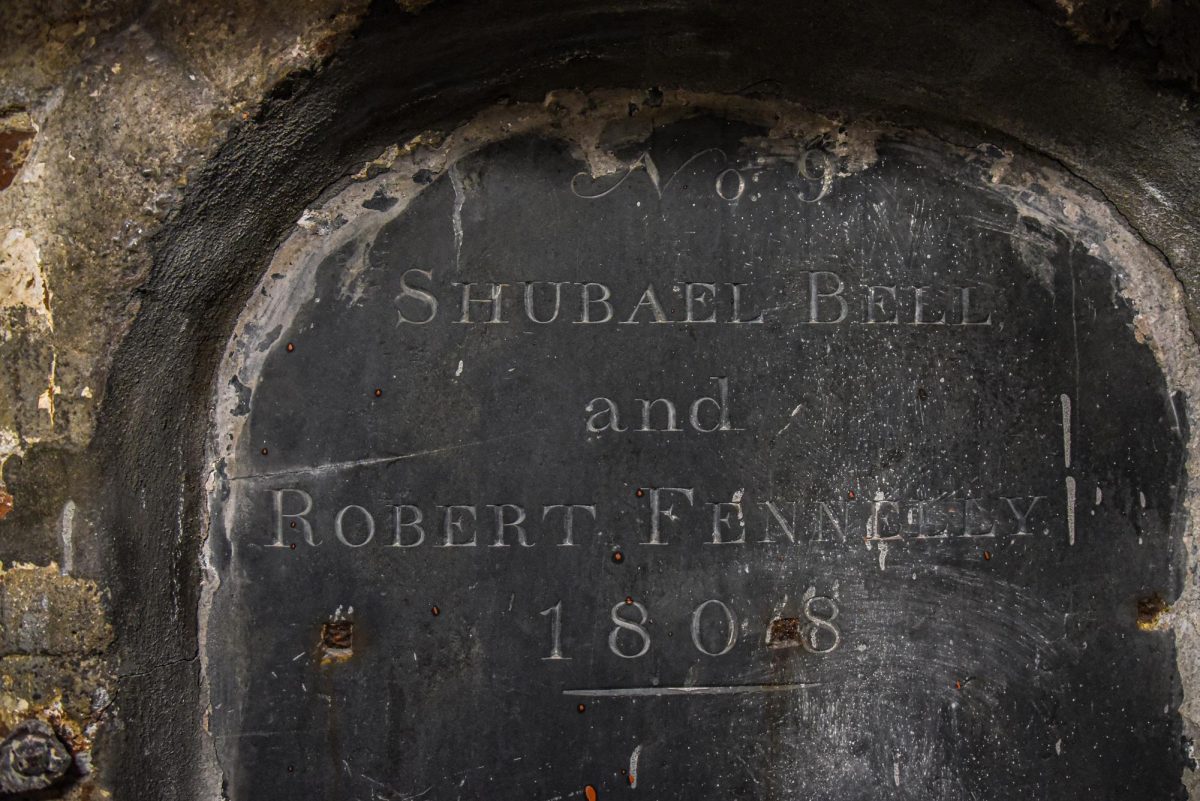
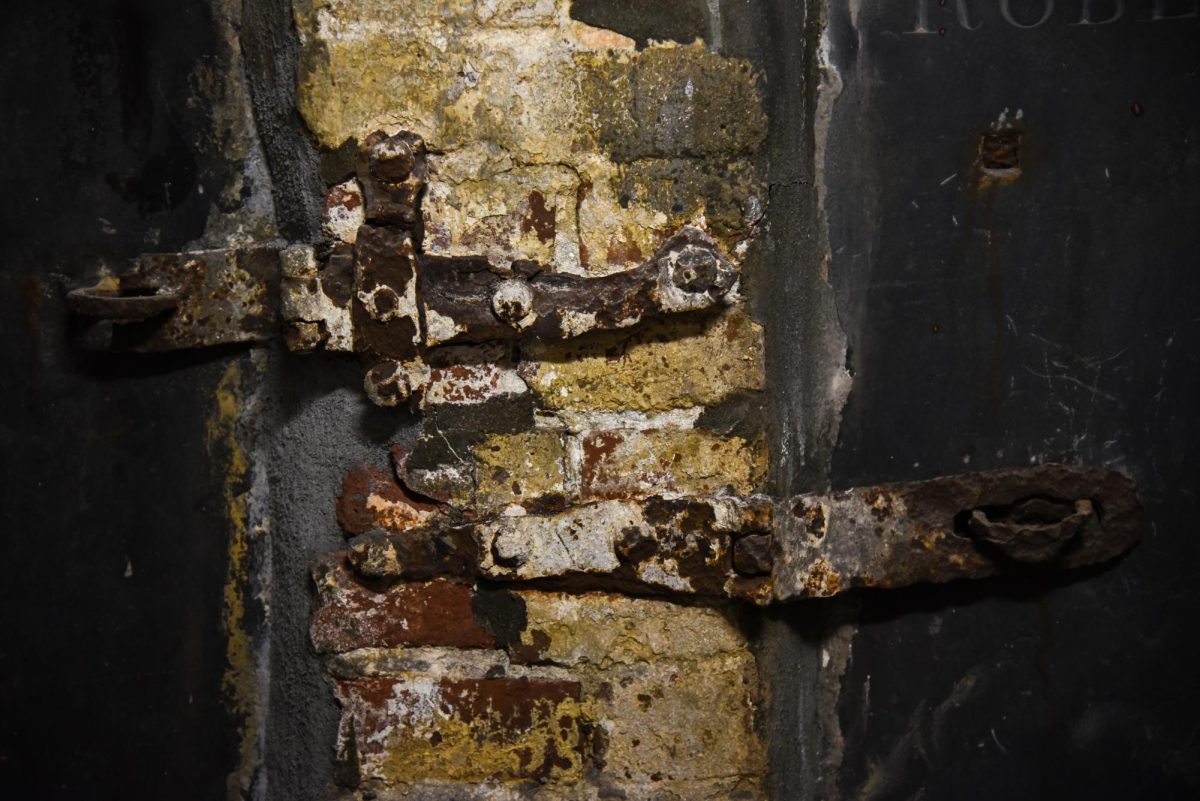
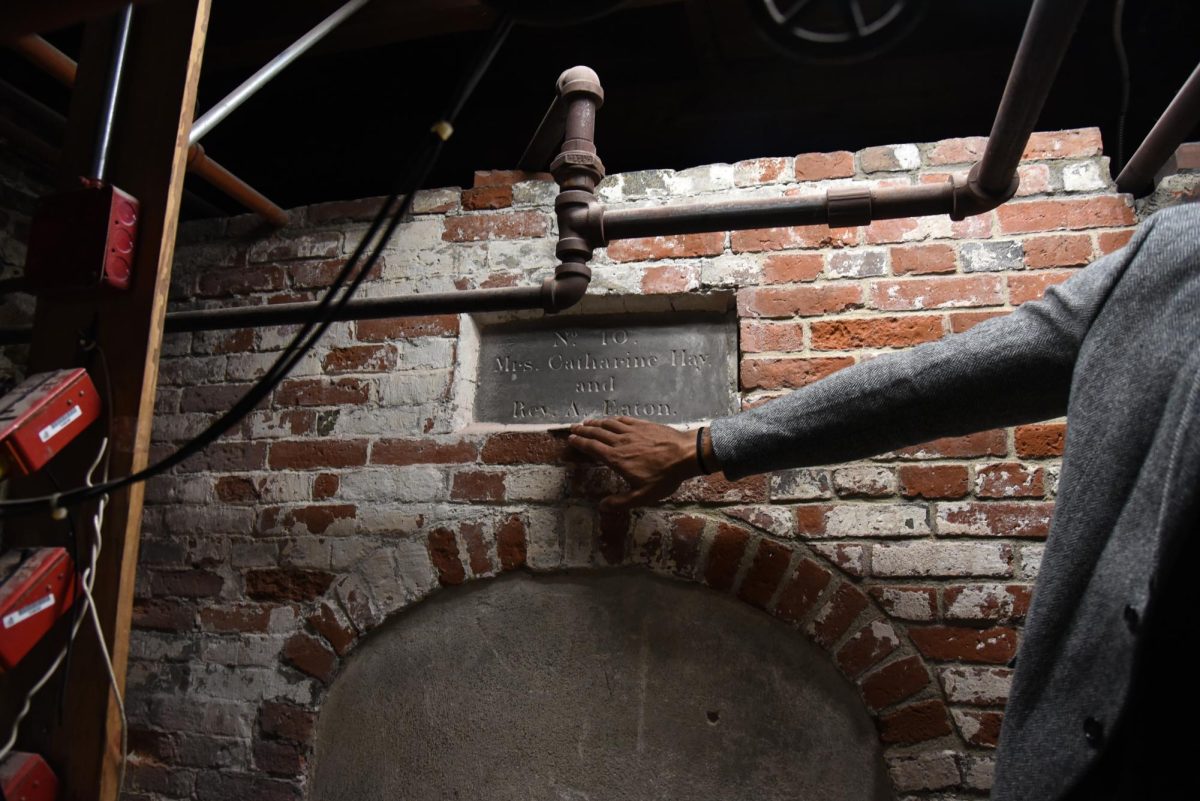
Eaton was active between 1805-1829, leading the church into an age of growth. He helped establish the first Sunday school in Boston and welcomed a presidential visit from James Monroe in 1817.

The unsealing of this tomb was the first time in over 100 years that it was opened, with the goal of Boston’s archaeological team being to observe the condition of the tomb and its doors. Nobody entered the tomb itself, but helpful observations were made in efforts to gather insight into the history of the tomb. The observations included the shape of coffins and how certain coffins were decorated. Coffins for those taller than the average modern-day person were also noted.
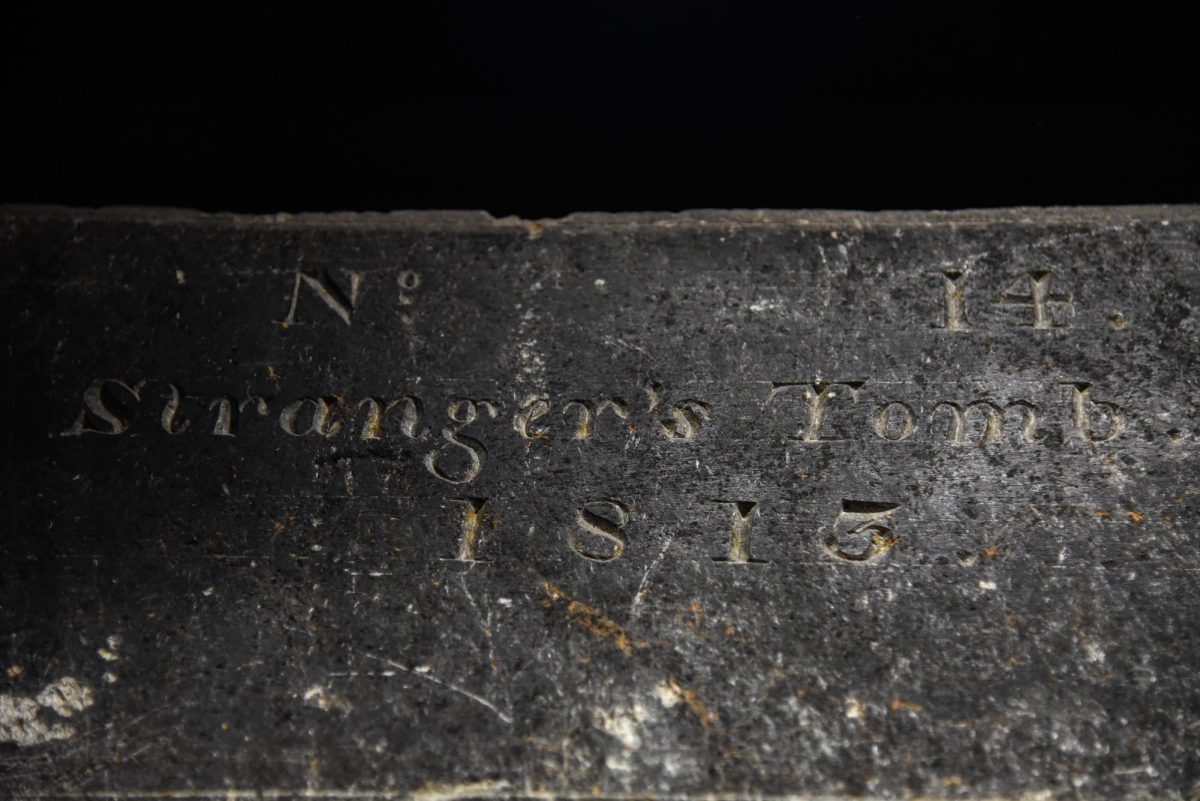
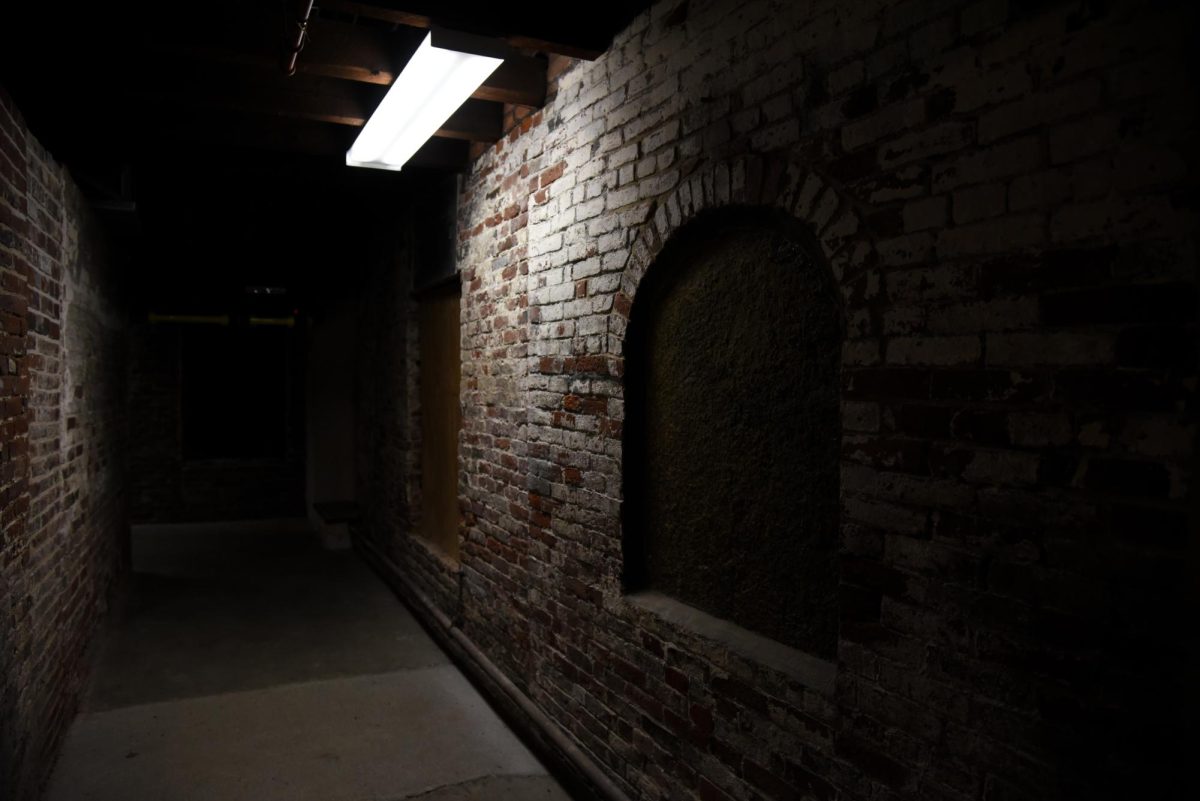
In 1853, indoor burials like those within the Old North Church were banned by Boston authorities due to health related concerns. At the time, members of the church met and voted to disregard the new mandate until they were compelled not to. While the church members’ reasoning is up for speculation, in 1860, they eventually agreed to abide by the new ban, leading to the tombs being sealed.

Editor’s note: This story was updated Oct. 31 at 4:05 p.m. to reflect a more accurate history of the crypt.











